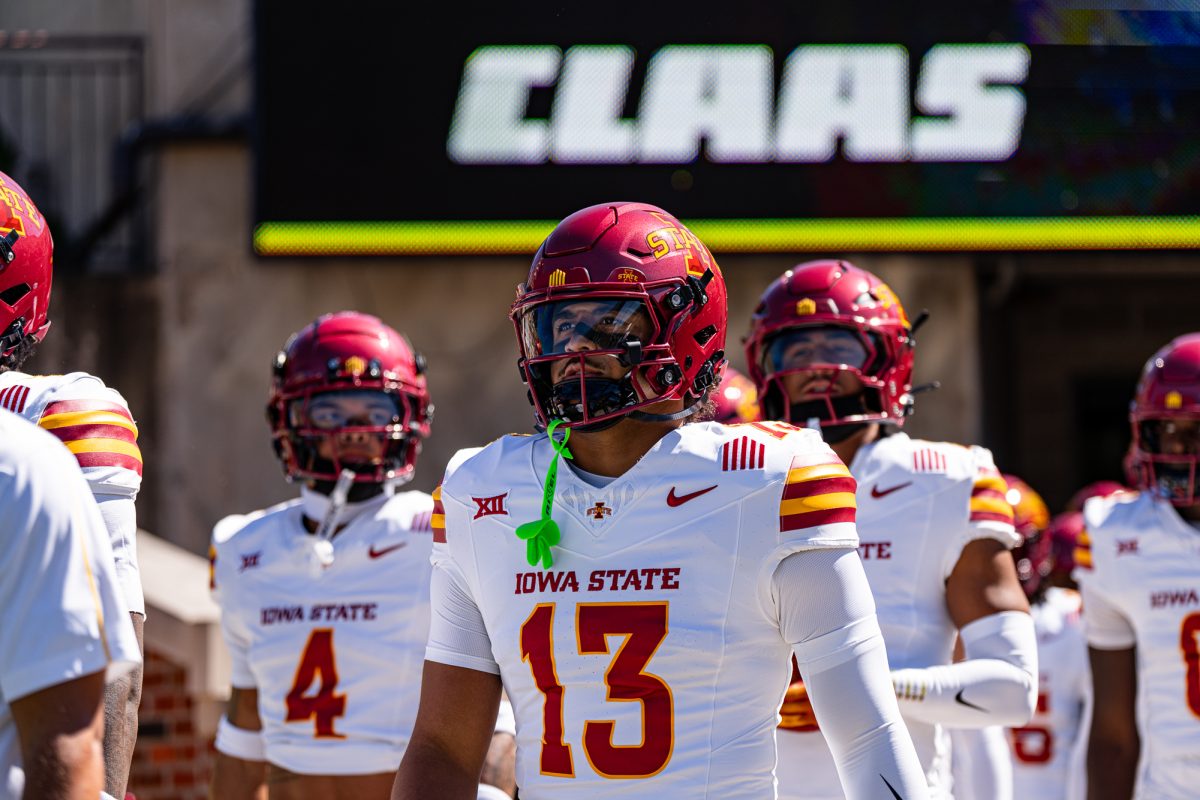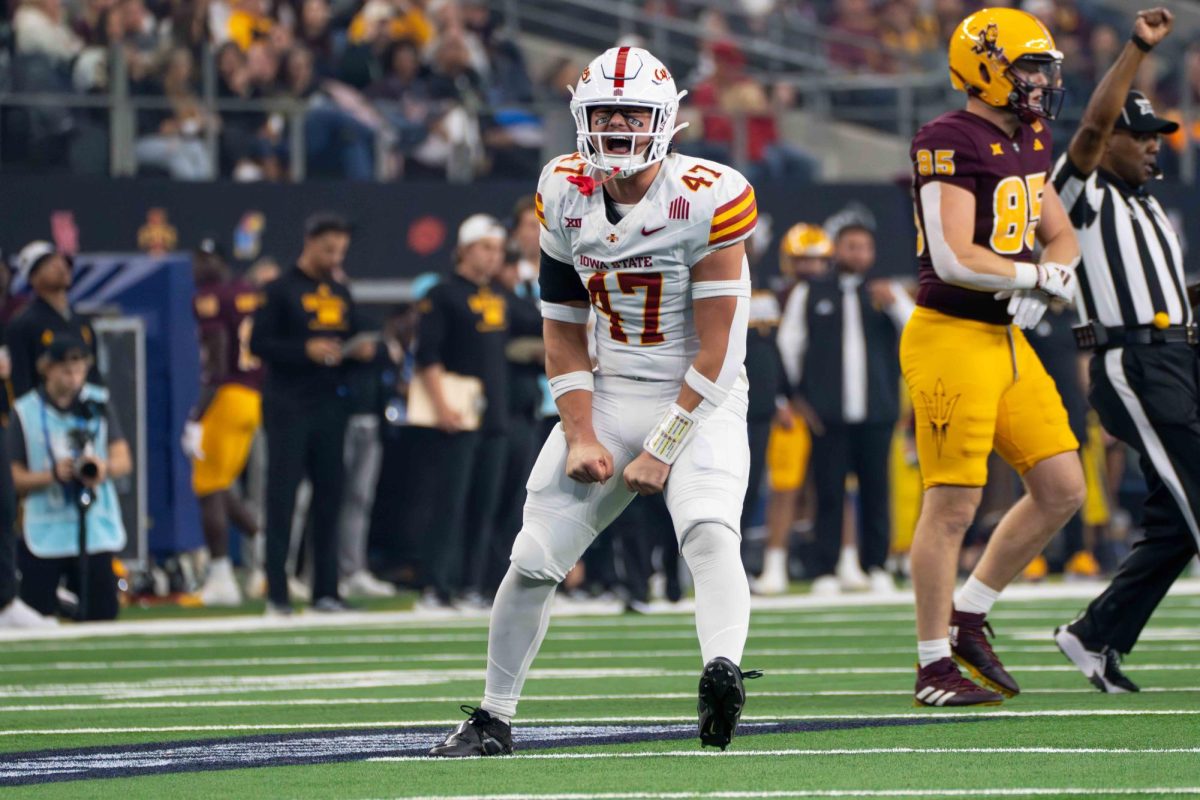Ames police educate traffic violators
November 6, 1998
The Ames Police Department will be monitoring intersections throughout the city in an attempt to increase traffic safety awareness, said Ames Police Officer Jamie Sipes.
“Drive to Safety” is a new program that consists of officers handing out information to motorists during the first and third weeks of November.
“The point of this program is educating people and trying to get [the number of accidents] down,” said Sipes, who is heading the project.
“When somebody gets stopped for a traffic violation, all they are thinking about is getting that ticket,” Sipes said. “We can go some places and write tickets all night, but if we’re not influencing the drivers and the accident statistics, we’re really not doing our jobs.”
“Drive to Safety” was initiated due to an increase in traffic accidents between 1996 and 1997, Sipes said.
The program works by assigning three officers to a high risk intersection.
The first officer waits at the intersection in an unmarked vehicle and watches for traffic violators. When one is spotted, the other two officers, in marked vehicles, are called to apprehend the violator.
For the first week of the program, motorists were issued warnings and given a driving safety pamphlet. Now, officers will go back to writing out citations until the program continues Nov. 15-21, Sipes said.
The pamphlet is filled with facts about driving safety tips and the major causes of accidents and how to avoid them, he said.
According to the 1997 City of Ames Accident Report, 56 percent of all property damage and personal injury accidents each year are caused by motorists running red and yellow lights.
Other major causes include speeding, stop sign violations and failure to yield while turning.
The report ranks the intersection at Lincoln Way and Sheldon Avenue as being the most problematic in Ames.
As of now, the program is not slated to continue past this month.
Sgt. Randy Kessel of the Ames Police Department said the continuation of “Drive to Safety” will depend on whether the program has its intended effect.
“We want to do everything we can do to decrease the accident rate,” Kessel said, “and at the same time, increase the awareness of drivers.”






